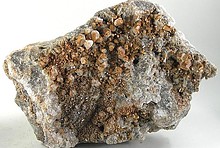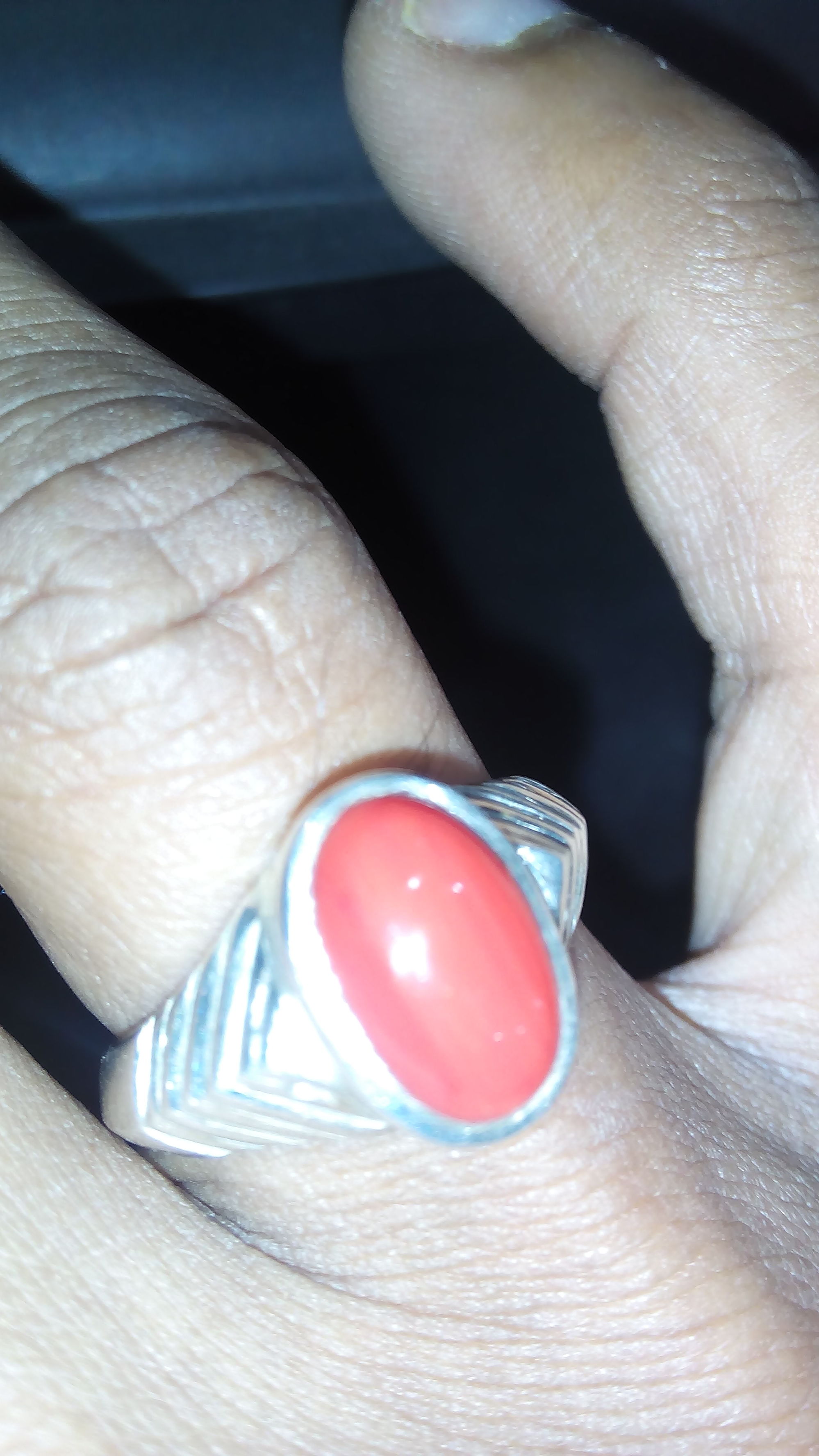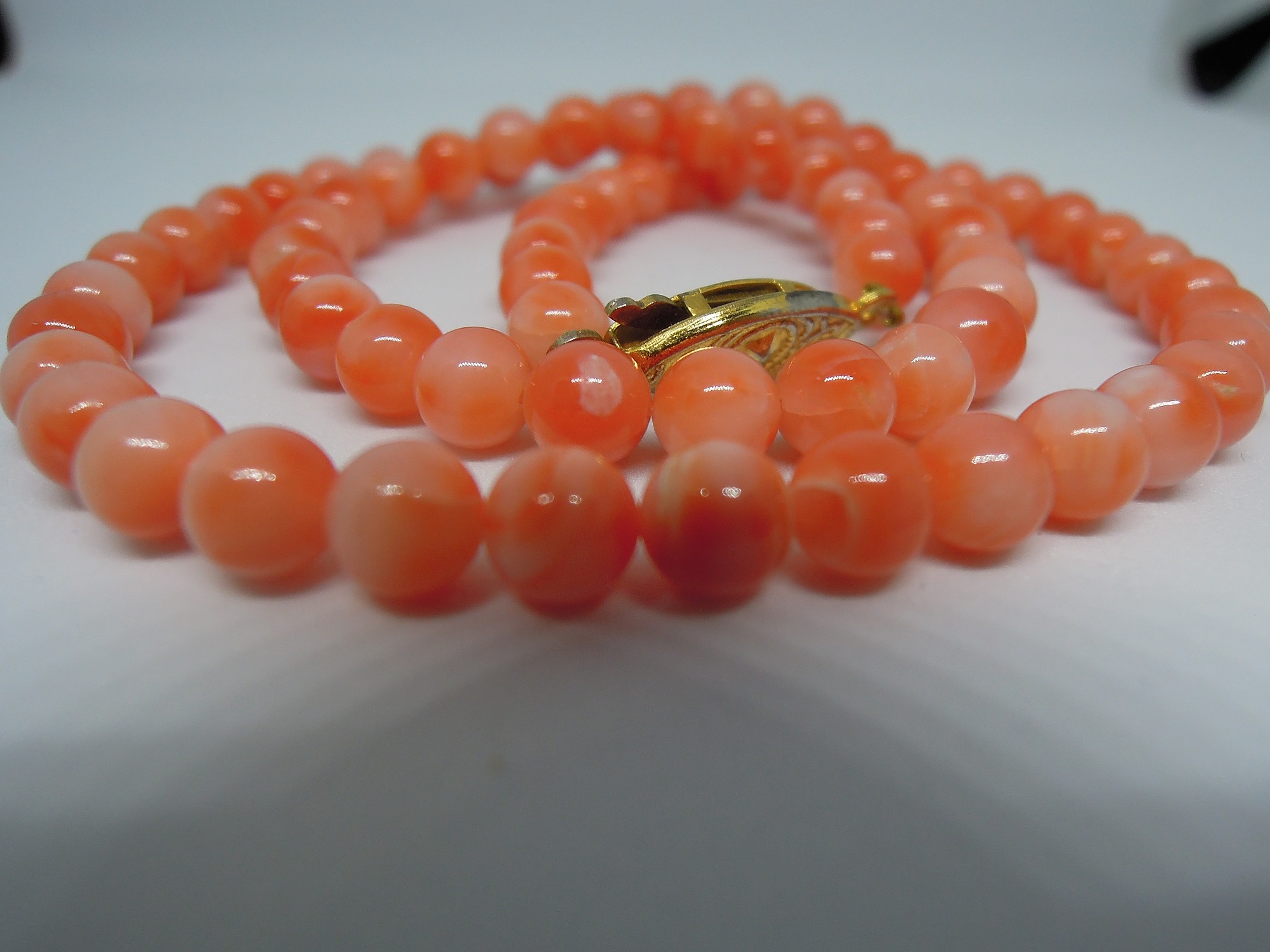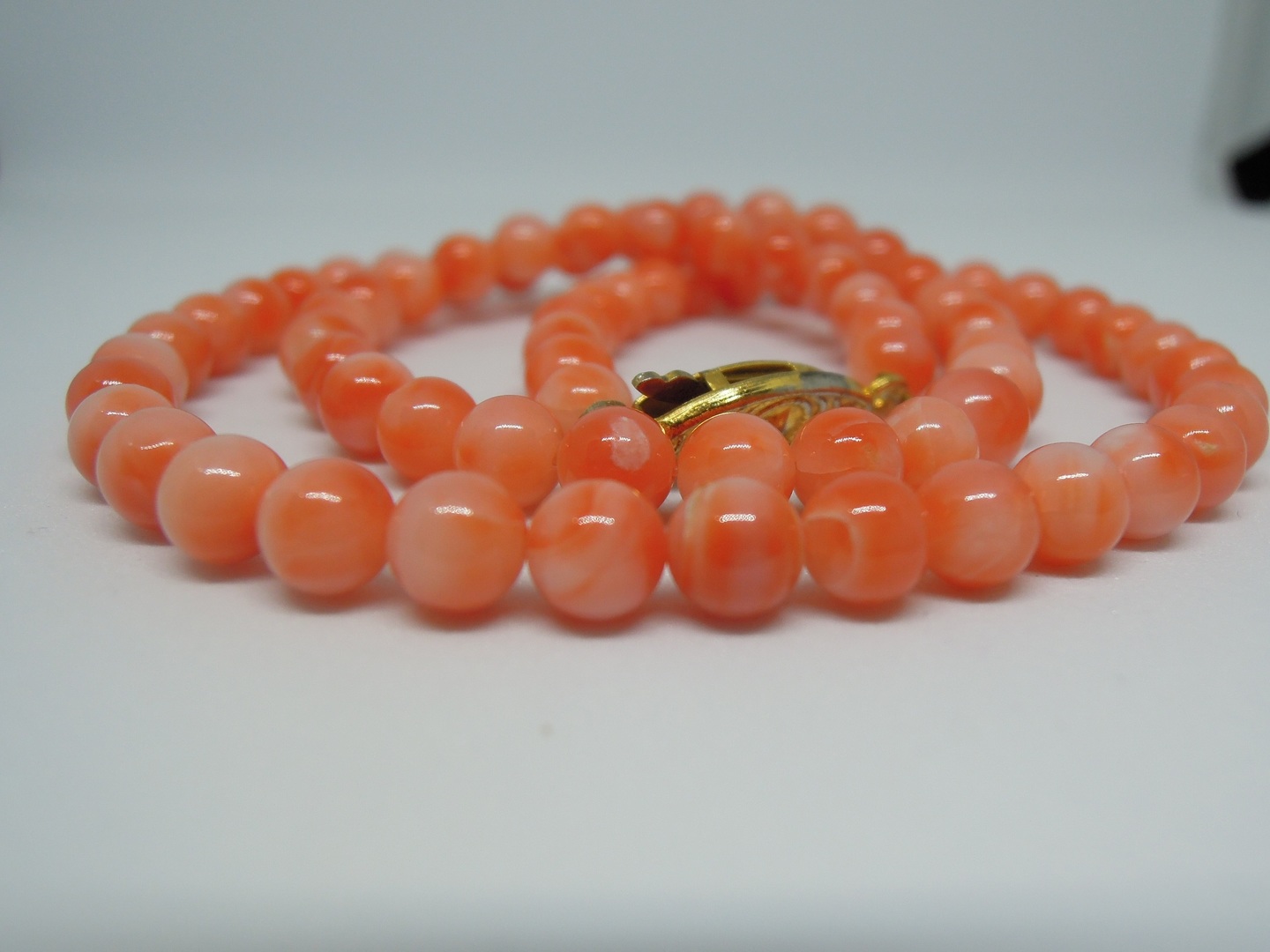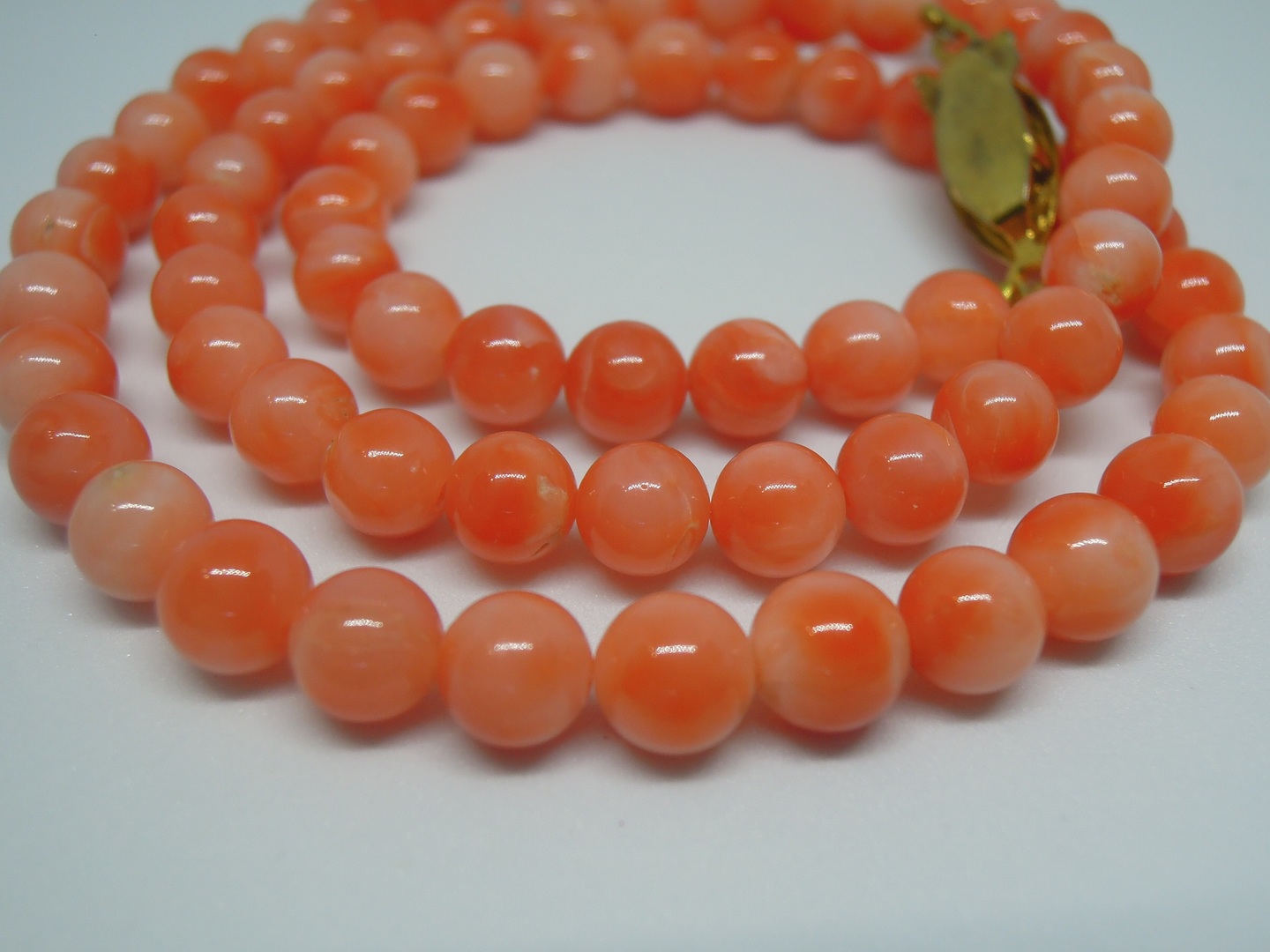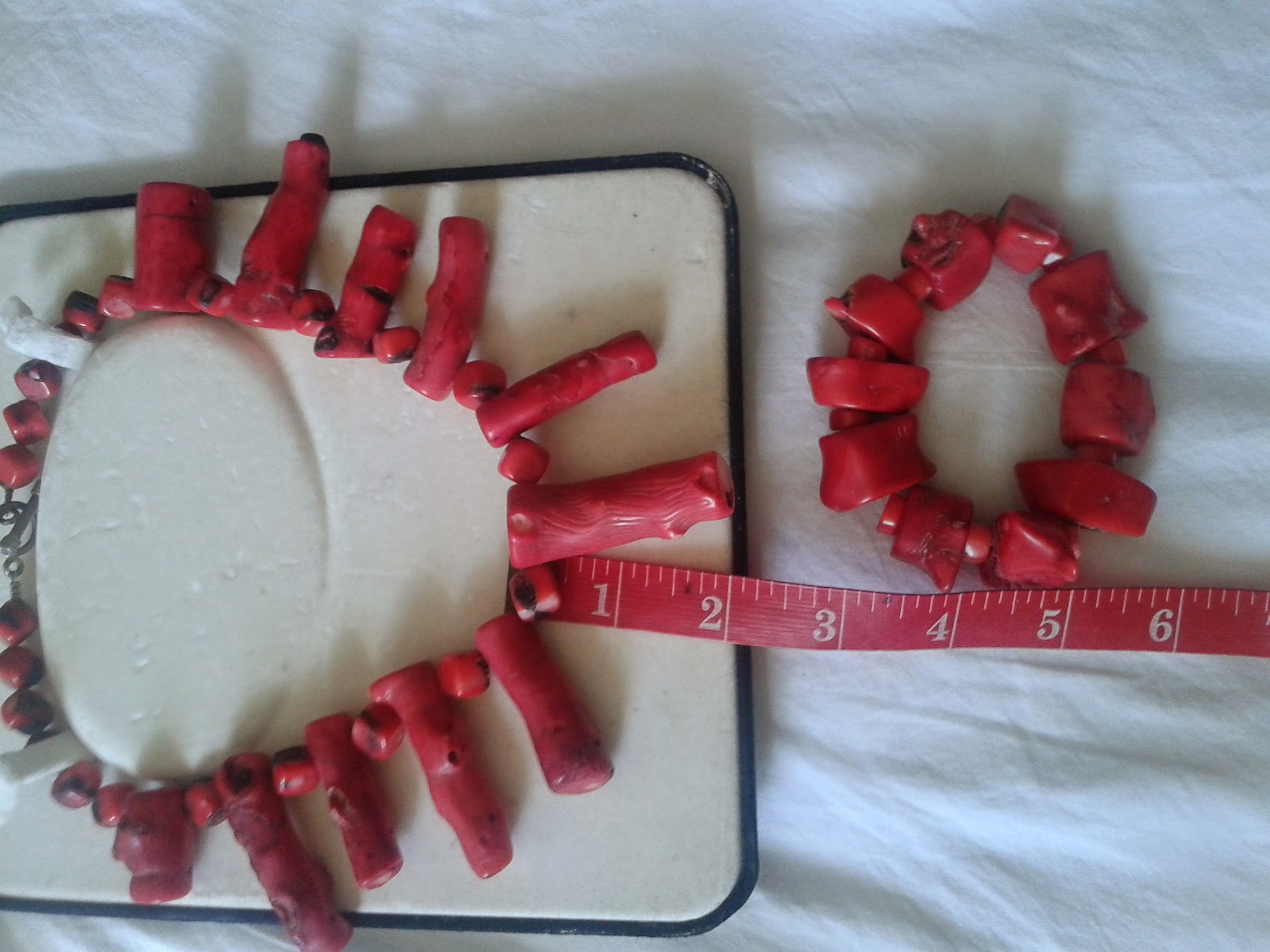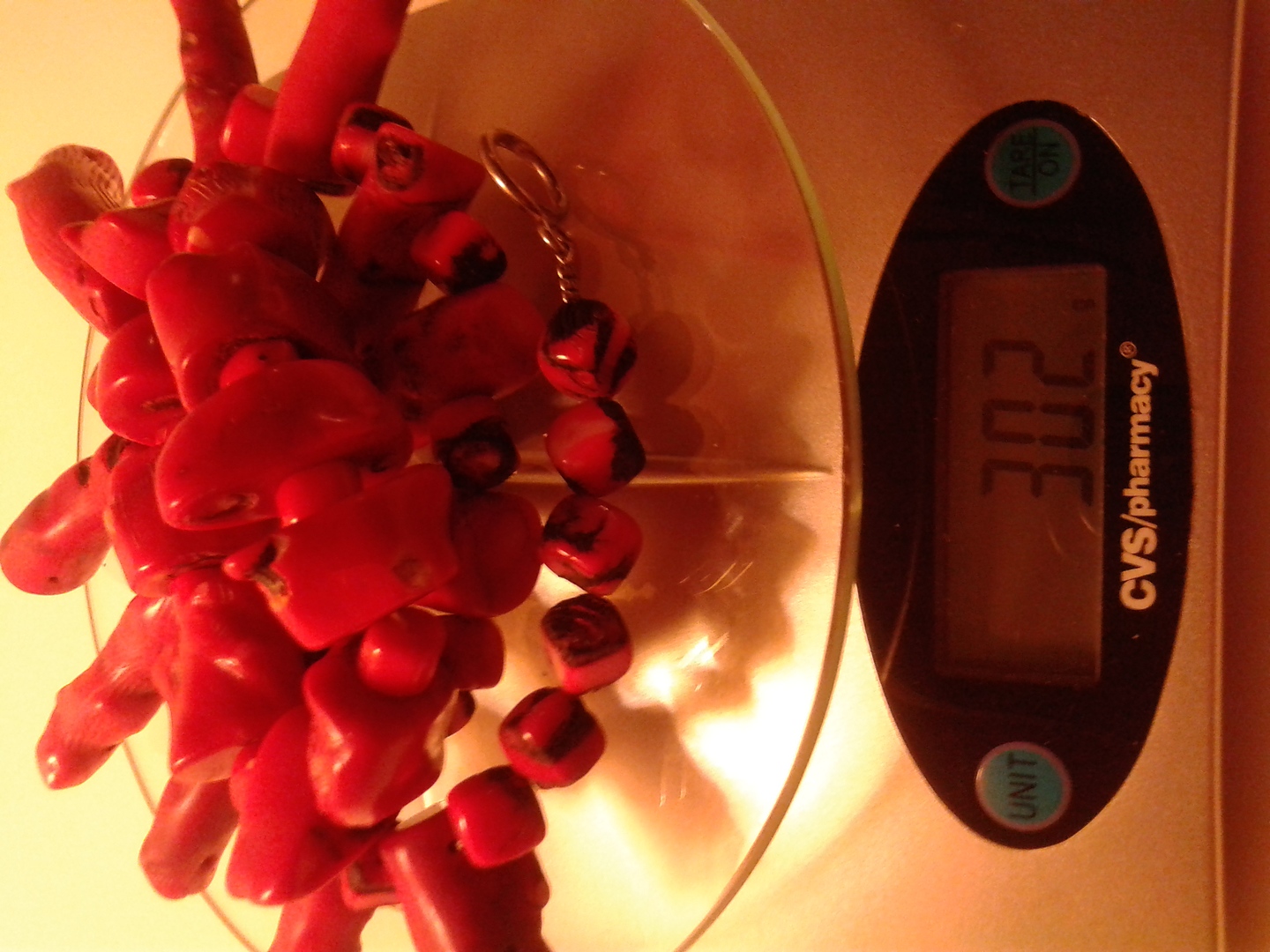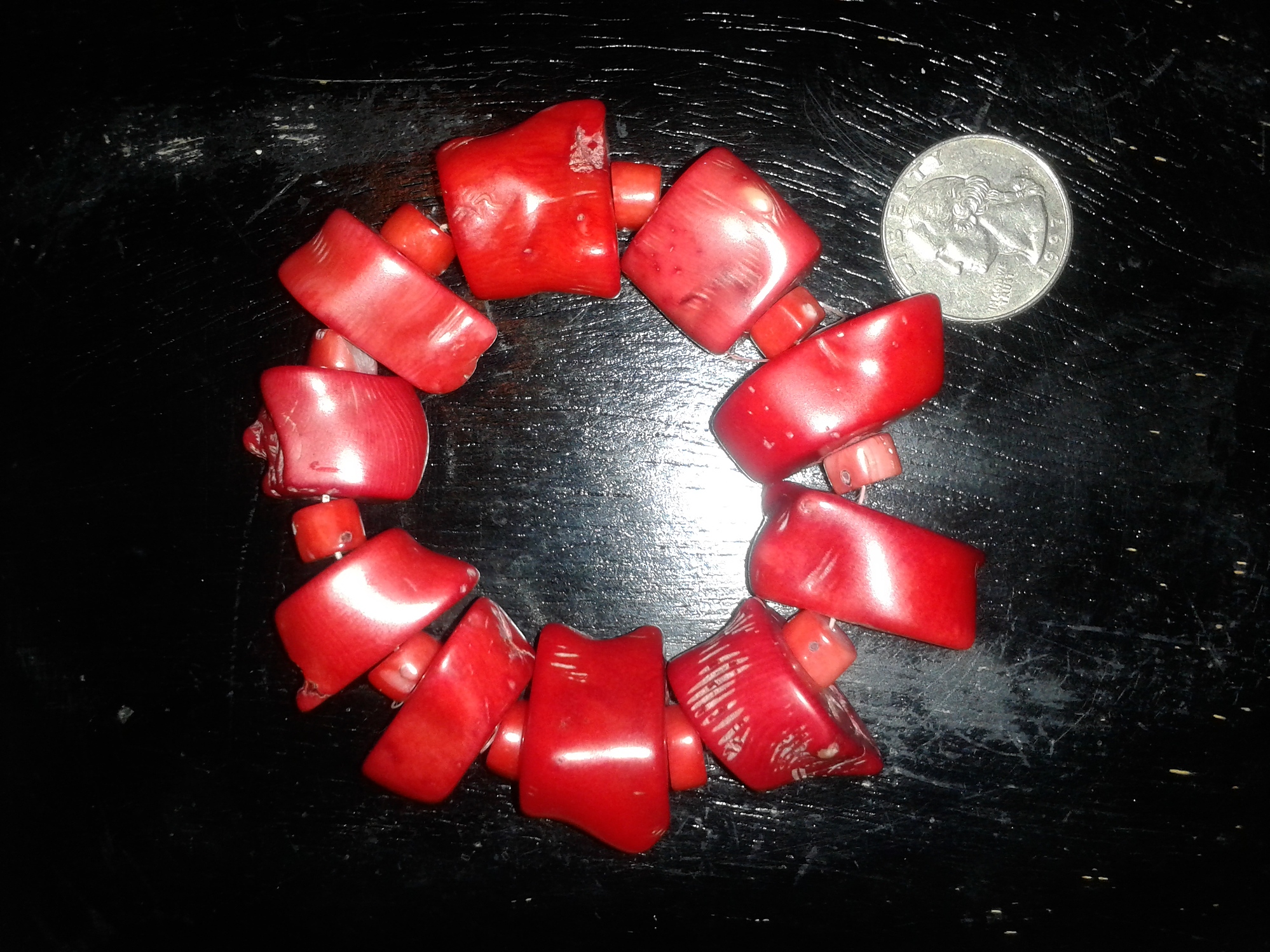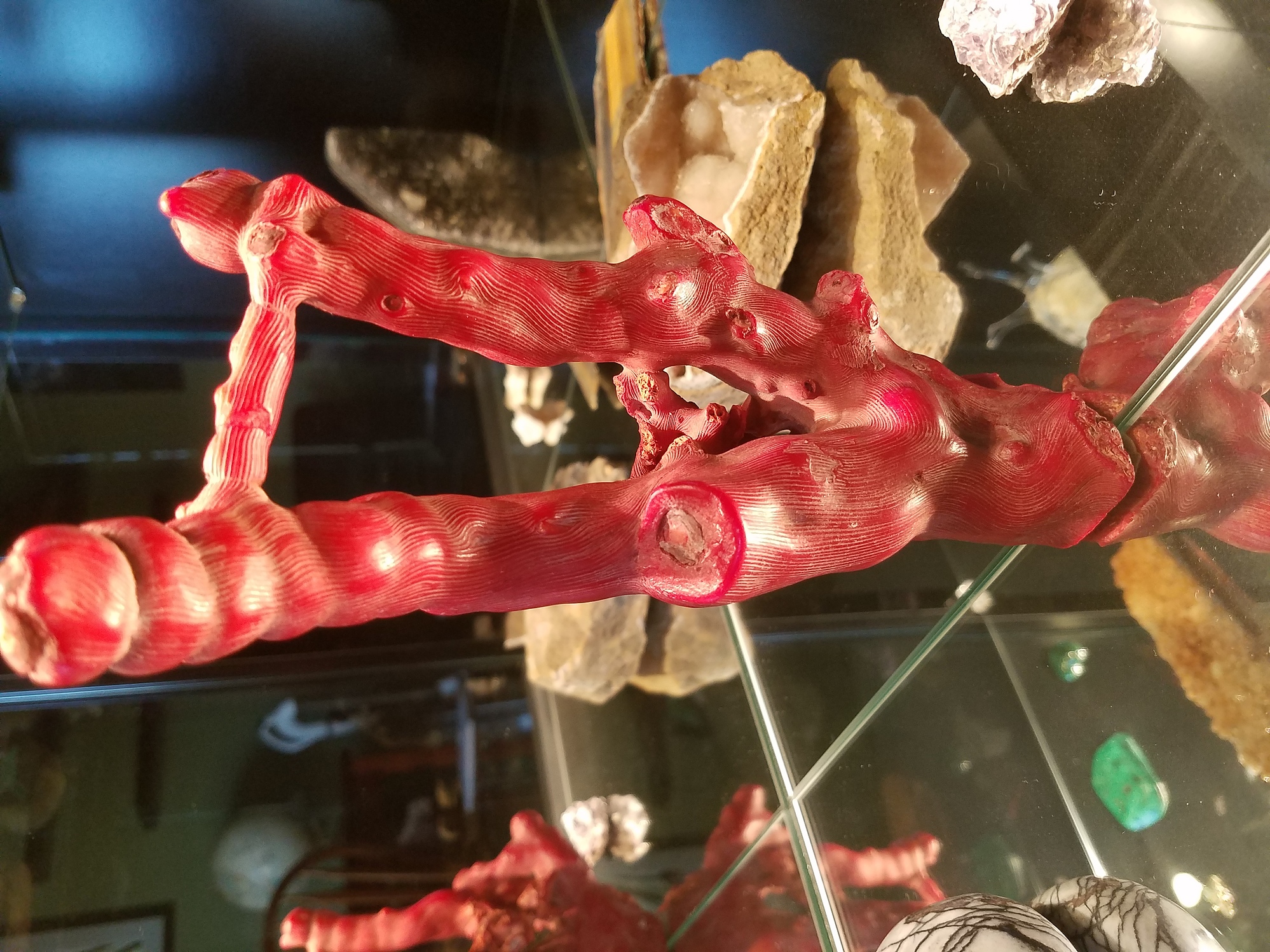Home PageAbout MindatThe Mindat ManualHistory of MindatCopyright StatusWho We AreContact UsAdvertise on Mindat
Donate to MindatCorporate SponsorshipSponsor a PageSponsored PagesMindat AdvertisersAdvertise on Mindat
Learning CenterWhat is a mineral?The most common minerals on earthInformation for EducatorsMindat ArticlesThe ElementsThe Rock H. Currier Digital LibraryGeologic Time
Minerals by PropertiesMinerals by ChemistryAdvanced Locality SearchRandom MineralRandom LocalitySearch by minIDLocalities Near MeSearch ArticlesSearch GlossaryMore Search Options
The Mindat ManualAdd a New PhotoRate PhotosLocality Edit ReportCoordinate Completion ReportAdd Glossary Item
Mining CompaniesStatisticsUsersMineral MuseumsClubs & OrganizationsMineral Shows & EventsThe Mindat DirectoryDevice SettingsThe Mineral Quiz
Photo SearchPhoto GalleriesSearch by ColorNew Photos TodayNew Photos YesterdayMembers' Photo GalleriesPast Photo of the Day GalleryPhotography
╳Discussions
💬 Home🔎 Search📅 LatestGroups
EducationOpen discussion area.Fakes & FraudsOpen discussion area.Field CollectingOpen discussion area.FossilsOpen discussion area.Gems and GemologyOpen discussion area.GeneralOpen discussion area.How to ContributeOpen discussion area.Identity HelpOpen discussion area.Improving Mindat.orgOpen discussion area.LocalitiesOpen discussion area.Lost and Stolen SpecimensOpen discussion area.MarketplaceOpen discussion area.MeteoritesOpen discussion area.Mindat ProductsOpen discussion area.Mineral ExchangesOpen discussion area.Mineral PhotographyOpen discussion area.Mineral ShowsOpen discussion area.Mineralogical ClassificationOpen discussion area.Mineralogy CourseOpen discussion area.MineralsOpen discussion area.Minerals and MuseumsOpen discussion area.PhotosOpen discussion area.Techniques for CollectorsOpen discussion area.The Rock H. Currier Digital LibraryOpen discussion area.UV MineralsOpen discussion area.Recent Images in Discussions
Identity HelpGenuine red coral or fake?

12th May 2013 00:31 UTCJess Forster
Any help would be great :)

12th May 2013 02:10 UTCByron Thomas
12th May 2013 02:17 UTCOwen Lewis

12th May 2013 06:01 UTCRick Dalrymple Expert
Owen is absolutely right. It is known as Red Horn Coral and it is from Kamas, Utah. I added the location to Mindat so you can post your photo to the site.
Red Horn Coral Occurance, Riley's Canyon, Kamas Area, Summit Co., Utah, USA
12th May 2013 16:05 UTCStephanie Martin
Welcome to mindat!
I agree with the others above. It is genuine horn coral from Utah. It can be red, yellow or grey. It is not rare, meaning that there should be not much trouble in finding more of this available to purchase. This should not be confused with the rare natural red corals from the Mediterranean or Japan. Those corals are the branching type that look more like trees. I wish I had time to do a photo and post to show. Much of this branching type coral is on the market but it is faked meaning real coral that is visually similar that has been dyed, or even synthetic made of plastic. The real stuff is very dear due to the rarity. It was once plentiful in the Mediterranean but it has been largely depleted. They once thought it was a renewable resource in a few years but have since learned it takes hundreds of years to renew. They recently found a pristine pocket in an underwater cave but the location is protected and secret. Since there is no new material of this coming out, only existing supplies are available which drives the prices up. I don't know much about the Japanese material but it would also be rare.
regards,
stephanie :-)

13th May 2013 08:26 UTCJess Forster
Rick, thanks for the information on the locality. Once I have received the piece of coral in the picture I'll take a photograph of it and upload it to the page. :)
Many thanks,
Jess

10th Feb 2014 23:19 UTCJin
I am trying to buy some red horn coral, but I have been told that the mine site for red horn coral has been shut down and it's rare to get them now. The seller wants more money on them. Is this true? And on an average how much should I pay for one pound of the raw red horn coral?

11th Feb 2014 01:36 UTCTony Albini
I have seen horn red coral for sale on eBay. Can't verify if genuine or not but available. As for red coral from the Mediterranian Sea, Mare Nostrum, "our sea" in Latin, one legal concession in Spain has the rights to collect 2.2 KG a year if I remember correctly. Alfredo Petrov has had this material which I bought a piece from him. Most of the red coral sold by the Chinese and others is dyed red, if you break a twig, Alfredo told me it is white inside, buyer beware.
Tony
11th Feb 2014 04:26 UTCStephanie Martin
A quick check on ebay shows you can buy a pound of Utah horn coral pieces for $50.00. I just looked up "horn coral Utah". Of course you can pay more or less depending on the quality and size as well as who is trying to sell it. Do a little more research before you buy. You can always do an advanced search to check listings that have sold recently, by clicking on the completed items box. This will give you an idea of what they are currently selling for within a reasonable range. Don't forget to include your cost of shipping as depending on where you are located it could be costly for heavier parcels. I saw one parcel that sold for over $500 and one for 300 but that seems to be unusual. Most are selling in the $50 or less range for parcels, but again it depends on how much you are willing to pay for what quality. Sorry I don't know about the location and if it is still producing, perhaps others in the know will chime in.
regards,
stephanie :-)

11th Feb 2014 06:35 UTCJin

11th Feb 2014 21:54 UTCMark
Ebay has plenty of them for sale, and the price isn't bad at all!

11th Feb 2014 21:56 UTCJin
I saw that, but who can confirm with me on the Myth of Red coral Mine has been shut off by government? Because I think if thats the case, then it will be worth to collect them. Thanks.

18th Feb 2014 20:18 UTCRick Dalrymple Expert
The location is not closed to causal collecting. The road has been closed but you can still hike up. If you have a HCV you can find your way up the back way. There are not active claims anymore. The digging is rough for minimal amounts now. All the loose surface material is gone.
At Tucson I saw pieces the size of a nickle that were polished for $60 each and single horns 3 inches long - polished on the big end for as much as $250 each. There are plenty of people selling rough for $50 to $100 per pound. Eventually, every
19th Feb 2014 16:13 UTCReiner Mielke Expert

25th Mar 2014 10:44 UTCnandini
28th Mar 2014 00:24 UTCRock Currier Expert

13th Nov 2014 22:00 UTCProvo gem man

28th Nov 2014 18:10 UTCNora Young
30th Nov 2014 13:03 UTCRock Currier Expert

30th Nov 2014 13:25 UTCAlfredo Petrov Manager
30th Nov 2014 13:35 UTCOwen Melfyn Lewis
-------------------------------------------------------
> Well, apparently no one in the post above seems to
> know a lot about testing for real coral. Red
> coral can be placed in a small bowl of milk (yes,
> milk) and left for an hour or two. Real coral
> will turn the milk a pale pink or red without
> causing any damage at all to the coral itself.
> It's not colour coming out of the coral, but the
> red colour reflecting into the milk. Fakes won't
> do that.
Sorry Nora but that is a triumph of belief over fact.
Any reddish tinting observed in the milk from a piece of red coral placed in it would be observable immediately. If you have to wait some hours, there has been a colourant transfer from the coral to the milk. This would neither prove nor disprove that the the red corals colour was natural. The crystals of which the skeleton of coral is made up are allochromatic and receive their colour from the organic material carried on the skeleton. Without having tried it, I would expect the amount of colour transfer from corallum
>And/or if you can find a place on
> your piece that isn't too visible, place a drop,
> just a drop or two ,of lemon juice on the coral.
> If it fizzes up and bubbles, the coral is real.
> Simple.
Yes. Vinegar works as well and HCl best of all.

30th Nov 2014 14:18 UTCAlfredo Petrov Manager
A Corallum rubrum preparation workshop I visited in Spain was using caustic soda (NaOH solution) to remove the organic skin that covers the coral when it's alive. (If one did not remove this skin, one's coral would quickly stink like a dead fish.) Interestingly, orange-red colouring matter is present in both the mineral skeleton (the part we want to polish for jewellery) and in the organic tissues that we dissolve away with the caustic soda. The pigment in the organic part eventually gets precipitated out and sold for several hundred euros per Kg to the natural pigment industry. (So a Corallum rubrum seller who is asked whether any colouring has been added to his or her coral can truthfully say "No, we don't add any color; we take some color out, and sell it!") Even though the natural red color is an organic compound, it seems not to be destroyed by NaOH; it's pretty tough stuff (so it certainly won't dissolve in "milk" either.) Raman spectroscopy is the easiest way to distinguish the real red coral's natural colouring compound from fake dyes.
PXRD is useful (for customs inspectors and the police) for distinguishing the permitted red corals (that aren't on the CITES list of animals prohibited from commerce to save them from extinction), because the permitted species are dominantly composed of calcite, whereas the endangered CITES-listed species have more aragonite.

30th Nov 2014 16:05 UTCOnna Stene
Onna
30th Nov 2014 16:52 UTCOwen Melfyn Lewis
-------------------------------------------------------
> It all depends what you mean by "real" coral.
> Coral is available by the tons, but of an ugly
> color. So what gets faked is the color, not the
> coral... Underneath is still coral, and it will
> fizz in any kind of acid just like true red coral.
> So the fizzing test proves nothing (Well, I
> suppose it proves it isn't plastic, but given the
> tons of coral laying around on beaches, why use
> plastic to fake it?). Anyway, a test that does
> damage to the object if it's "real", and doesn't
> damage it if it's fake, is not a desirable test
> :-S
Alfredo, my only experience of harvesting and preparing corals was during two years in the Caribbean when I was diving 2-3 days a week. That limited my experience to a range of varieties of white coral and and of the black coral that is, of course a conchiolin (near 100% organic) and with no inorganic skeleton.
My experience with red corals is limited to the examination of prepared material currently in the market and ranging in age from (roughly) a couple of years old to 300+ years old. There are perhaps more ways to fake corrallium than for any other gem material. It is also known to be enhanced by dyeing when what has been havested is too light in shade for the best market price. According to O'Donoghue (after Webster) the most certain test for the corallium varieties is longitudinal striations with regularly spaced 'pin-prick' holes that are not found in the reef-building white corals.
> A Corallum rubrum
Touche ;-)
> preparation workshop I visited
> in Spain was using caustic soda (NaOH solution) to
> remove the organic skin that covers the coral when
> it's alive. (If one did not remove this skin,
> one's coral would quickly stink like a dead fish.)
Quite so. In fact the stink starts, full strength as soon as the coral is brought out of the water. I used to use domestic bleach cut to about 30% strength with hot water to clean corals and conch shells. For the latter, a couple of days soaking would not only remove remains of living material but also soften the 'limeing' that builds up on the outside of the shells, disfiguring them, thus allowing the limeing to be brushed off. For some reason this treatment did not affect the colours in or the naturally polished finish on the shells.
> PXRD is useful (for customs inspectors and the
> police) for distinguishing the permitted red
> corals (that aren't on the CITES list of animals
> prohibited from commerce to save them from
> extinction), because the permitted species are
> dominantly composed of calcite, whereas the
> endangered CITES-listed species have more
> aragonite.
Customs desk officers trained in XRD huh? Well, why not? They use fancier techniques to spot bodies, drugs or explosives (even at the trace level) in loaded containers. Trouble with these expensive toys is not that they don't work but that the scale of deployment is simply not commensurate with the volume of items in transit.

27th Dec 2014 07:16 UTCTulga
27th Dec 2014 11:43 UTCOwen Melfyn Lewis
Nor are they found in plastic.
The best tools are a microscope and good lighting. However, to have any certainty, one should have made some preliminary study of what one should be looking for (the real thing) and the substances commonly used for faking. A sprig of red coral that has been sucked on by babies for a couple of hundred years will not look like a freshly prepared specimen.

30th Dec 2015 10:19 UTCnishchith
Sir please tell me this is red coral genuine?
30th Dec 2015 12:48 UTCOwen Melfyn Lewis
That said, I am suspicious of it. Firstly it is cabochon cut and bezel mounted on a white metal ring. Coral is far to soft to withstand wear as a ring stone and one should be able to see signs of wear on the stone (scratches, scrapes etc.. Also, the colour is not right for any red coral had I have seen. The colour (as per photograph) is closer to the flame-pink normally found in the shell and (rarely) pearls from the Queen Conch, Strombus Gigas. https://www.google.co.uk/search?q=strombus+gigas&espv=2&biw=1015&bih=481&tbm=isch&imgil=yP8sy8hcva6QxM%253A%253B82VbUPmZDOhcRM%253Bhttp%25253A%25252F%25252Fwww.stromboidea.de%25252F%25253Fn%2525253DSpecies.LobatusGigas&source=iu&pf=m&fir=yP8sy8hcva6QxM%253A%252C82VbUPmZDOhcRM%252C_&dpr=1.88&usg=__47Jd-oVYXUVtnoIqgF_ditIt7VI%3D&ved=0ahUKEwjjyNamzIPKAhUJVRQKHZ1UAPkQyjcIgQE&ei=fs-DVuORBYmqUZ2pgcgP#imgrc=yP8sy8hcva6QxM%3A&usg=__47Jd-oVYXUVtnoIqgF_ditIt7VI%3D

31st Dec 2015 09:17 UTCAlfredo Petrov Manager

31st Dec 2015 11:23 UTCTõnu Pani
31st Dec 2015 13:59 UTCOwen Melfyn Lewis
Firstly, I was wrong about the colouration of Corallium Rubrum. It *can* be pink (according to 'Gems' 6th edn). There is actually a much better write-up in the 3rd edn (1975 - the last to be authored and edited by Robert Webster alone and which I also have to hand ).
Palygorskite (with which I am not familiar) is reported (Gems) as a very soft and low density fibrous magnesium aluminium silicate often found in a matted form. Found in several colours, when pink it is sometimes called 'Angel Skin'. However, it sometimes occurs heavily impregnated with hydrothermally formed quartz that hardens, stiffens and makes more dense the resultant natural composite material. I would presume that a pink form of this composite is to what Alfredo refers. Perhaps he would correct or confirm?
To add to the confusion, according to Gems, pink-coloured corallium rubrum is also sometimes referred to as 'Angel Skin' - so go figure :-) It is also implied that this is an anthropomorphic treatment. However, since palygorskite is known to occur in hydrothermal veins, it's hard to accept (for me at least) that the composite must always be man-made.
31st Dec 2015 14:30 UTCReiner Mielke Expert

31st Dec 2015 16:08 UTCSpencer Ivan Mather
Spencer

31st Dec 2015 16:17 UTCAlfredo Petrov Manager
The gem called "pink opal" or "pink andean opal" from Peru is mineralogically silicified palygorskite, so the hardness is that of silica, and the palygorskite provides the color and opacity.
31st Dec 2015 21:10 UTCReiner Mielke Expert
Do you know what type of dye is used? If it is organic then bleach should affect it. If inorganic then maybe a chemical test or EDS might do the job. Either way as you suggested RAMAN should work.
1st Jan 2016 00:09 UTCOwen Melfyn Lewis
-------------------------------------------------------
> Nobody fakes coral, as far as I know - why bother?
> - They take common white coral (so cheap, why
> would anyone try to make a substitute for it?) and
> dye it red.
Not always so, bro. There are a whole heap of simulant methods and materials, some of which date back for hundreds of years. Gilson (now Kyocera) make a nice ceramic copy. Dyed vegetable ivory can also look good. Rubber and gypsum, mixed with powdered marble, isinglas and coloured with red lead. Stained calcined bone. Coral dust that is resin-bonded. Glass or porcelain fakes are found. Plastic is by far the most common found.
The only certain way to sort out corallium rubrum is to know its structure and look for it under magnification with a good light.
Even then there are problems. The weaker coloured real stuff is frequently dyed to improve its appearance/saleability.
> The gem called "pink opal" or "pink andean opal"
> from Peru is mineralogically silicified
> palygorskite, so the hardness is that of silica,
> and the palygorskite provides the color and
> opacity.
Thanks for that.
H&P NY y'all!
1st Jan 2016 14:21 UTCReiner Mielke Expert

14th Feb 2016 22:16 UTCcoral lover
14th Feb 2016 23:24 UTCOwen Melfyn Lewis
1. Coral beads are not individual corals but lumps of some larger piece of coral that has been ground down to polish it, sometime in the shape of round beads.
2. There are many different species of coral, not all of which are mineral. Once cleaned, the most usual mineral corals are either white and opaque, or opaque and pinkish-red or dark orangeish-red. The colour is never streaky but solid. If cut thin enough the material will appear translucent or even transparent but several mm thick and viewed by incident light (as in your photos) red coral should look nothing but opaque and with a uniform reddish colour. and the material is never translucent.
3. Your beads are clearly translucent in incident light and are very streaky. Accordingly, and working only from your pics I am confident that the beads are not coral but some other material (My first guess would be glass or maybe plastic (more likely glass).
Since real red coral beads are quite expensive, my opinion may be disturbing news to you. If so, take then to a good jeweller and ask what he would pay you for them. My guess is that, politely, he will refuse to buy.
Sorry not to bring you better news.

15th Feb 2016 00:21 UTCBob Harman

16th Feb 2016 17:04 UTCcoral lover

16th Feb 2016 17:16 UTCRanger Dave

16th Feb 2016 17:25 UTCcoral lover

16th Feb 2016 18:20 UTCcoral lover

16th Feb 2016 18:44 UTCBob Harman
As I understand it, the color and pattern of mollusk shells and maybe corals as well is largely the result of their diet. What they feed on.
As was also suggested, take it to an ethical and competent jeweler or similar and have it examined in person. Then educate yourself before spending large sums of money on eBay for lo end stuff. It might be "coral", but it almost certainly has been fabricated. If made from lo end powdered and colored coral, you might not be able to get your money refunded as it is "coral". You asked for help and we are trying to give it to you. CHEERS.......BOB

16th Feb 2016 19:47 UTCcoral lover
16th Feb 2016 23:19 UTCOwen Melfyn Lewis
There are many things that your beads may be made of but they are not natural, solid pieces of red coral (expensive and trade in red coral items is now unlawful in most countries - including the US - without a certificate of lawful importation; corallium rubrum is a protected species). You say you paid USD 139 for the necklace? If it was real, pure red coral, you should have being paying several times as much. See https://www.bonhams.com/auctions/23309/lot/272/ for a recent sale of a 2 - 3 mm red coral bead necklace (n.b. the yellow metal is not stated as gold). Or, for larger beads in a single strand, see https://www.bonhams.com/auctions/21943/lot/505/ .
Nor, I'll guess, are your beads dyed pieces of white coral (which are cheap). Beyond that, the possibilities are many. Read this thread from its beginning and you will learn some useful things without the need to write them our again.
@Bob,
A coral is a simple, jelly-like animal (zoophyte). Beginning life as a free-swimming form, it eventually attaches to rocks, old coral skeletons etc., congregating in colonies that secrete a carbonate or conchiolin skeleton on and in which they, the colony, live for the rest of their lives. Corals are the staple food source for some fish species which are adapted to suit that diet.
Where the supporting and shielding skeletons are mainly calcium carbonate, about 5% of the carbonate present will be magnesium carbonate and 1.5 - 4% organic matter. Colouration is organic. The mineral content is microcrystalline - as it is in your own skeleton that is secreted from your organic tissue from before you were born until you stopped growing.
When cut and polished, the only certain method of identification is by microscopic examination to spot the tell-tale growth patterns and pores in the structure - much as one identifies bones, ivories etc.

17th Feb 2016 04:56 UTCAbdulB Sh
Its better to carefully wash coral beads then pat dry with cotton cloth and rephotograph again,
Hope it will help!

17th Feb 2016 21:03 UTCcoral lover
AbdulB, these are not deeply oiled, its really polished. My camera is not a professional camera, thats why I cannot take even closer look than these photos.
According to the seller, it was a vintage item from 1930. I will try to borrow my friend's professional camera to shot it again and post here. If I bring to jeweller for evaluate, do you know about how much does it approximately costs?
19th Feb 2016 18:31 UTCOwen Melfyn Lewis
Just once more.... IMHO, you have a poor fake that has no monetary value.
19th Feb 2016 22:17 UTCRoger Curry
Owen is right.
Regards,
Rog

9th Jun 2016 00:44 UTCShannon
They were vintage when i got them (or at least they weren't new) and now at least 15yrs older since i've had them.
It wasn't until recently i found out that red coral are endangered.
Can anyone tell if they're authentic or dyed or anything about them from the pictures? I included a pic that shows the weight of both together as approx 30grams.
Thank you for any info.
PS. I just saw something that seems to look similar called bamboo coral. I'll have to read more about that but thought i'd mention it too.

9th Jun 2016 02:05 UTCShannon
I also think it'll be hard to get a good look because of the picture quality. but i added two more. some with flash some w/o.
thanks for any info. Shannon
9th Jun 2016 10:20 UTCOwen Melfyn Lewis
I'm pretty sure that what you have is not corallium rubrum, the gem material that has been harvested from the coastal waters the Mediterranean Sea for millennia. There are is also another species of red coral that grows in the waters of the north-western Pacific, of which I have no hands-on experience but your pieces do not look right for that either. Trawl e-Bay, and you will find some stuff that looks like yours - and which is either described as faux red coral or as natural red coral.
You mention bamboo coral. This is a deep cold water coral found between Hawaii and Alaska and this is sometimes crudely cut and dyed an orangy-red and sold as red coral. My guess is that this is what you have. Bamboo coral is roughly tubular lengths of a calcitic coral that are joined by slightly flexible (when fresh) sections of black coral which is not calcitic but conchiolin. Confirmation that a piece is treated bamboo coral requires examination under a microscope. Though there is a write-up in 2006 of bamboo coral in the standard jewellery trade guide to gem materials, there is no mention of it in the 1975 edition of the same work. This might be an indicator as to the period (last quarter of the 20th C) in which treated bamboo coral entered the jewellery market. All pieces of 'native' jewellery of this type seem presently to come from US sources. There is now
For what its worth,I don't think that your pieces are either plastic or glass.

9th Jun 2016 10:31 UTCAlfredo Petrov Manager
9th Jun 2016 11:39 UTCOwen Melfyn Lewis
-------------------------------------------------------
> Corallium rubrum, the mediterranean red coral, is
> still being legally harvested, with licences in
> restricted quantities, in Spain and elsewhere in
> the Mediterranean, and it is not on the CITES list
> of endangered species that are prohibited from
> international commerce, so there shouldn't be any
> bans on its import/export, at least not within the
> EU. After the Brexit, who knows.... ;-)
Alfredo,
Just to clear this up (which may be helpful to a few) I have made minor amendment to my post above and add the following:
' Currently, only red coral (Corallium rubrum) is included in an international convention (annex III of the Bern Convention) and in multi-governmental legislation (annex V of the EU Habitats Directive), apart from the extraction limits imposed by certain countries. However, these measures are not enough to conserve these species and control their international trade.' I.e. Corallium rubrum is presently protected under the Berne Convention, EU Habitat Directive and some additional national controls. More comprehensive CITES protection is due to be introduced soon, sponsored by the US.
http://oceana.org/sites/default/files/CITES_English_Coral_Fact_Sheet.pdf
P.S. BREXIT? In a pig's eye! 'Those that the Gods would destroy they first make mad'. :-D

9th Jun 2016 12:21 UTCAlfredo Petrov Manager
Reminds me of the environmental activists' typically knee-jerk opposition to any and all mining projects, regardless of the fact that well over 99% of Earth's surface is not mineralized, so is in no danger from mining; and with land destruction by deforestation, urbanization and bad agricultural practices affecting areas orders of magnitude greater than what is affected by mining... Such is the propensity of humans to get worked up about the sexy topic of the day, rather than by far more widespread and insidious dangers that don't have enough sex appeal to make news headlines.
9th Jun 2016 15:19 UTCOwen Melfyn Lewis

9th Jun 2016 22:06 UTCShannon
I trust your expertise & that it is bamboo coral. Even the black sections you mentioned are present & they're definitely not glass or plastic.
There's tons of similar items online. The only difference is my pieces are not glossy, shiny and new. Mine are old, dull, faded, cracked and the polish is worn.:-D
I didn't really see it until the pictures but, in some of the pieces, especially the necklace, the color seems to be fading because the dye is apparently faded or wearing off.
Too bad i didn't do a little research before doing the trade at that pawn shop. I'm positive they got the better deal on the gold weight alone & i got some pretty painted sticks on a rope! LOL
Thank you again. It was awesome to find this website, you guys are great!
10th Jun 2016 11:34 UTCOwen Melfyn Lewis
-------------------------------------------------------
.....
> There's tons of similar items online. The only
> difference is my pieces are not glossy, shiny and
> new. Mine are old, dull, faded, cracked and the
> polish is worn.:-D
Coral is a relatively soft material that abrades fairly easily. Whilst its fine for working into necklaces, earrings and brroches that are well looked after, it is not a good material for bracelets where it will soon show signs of wear or damage. Also, over time and if worn next to the skin (as some necklaces are), coral can absorb sweat and sebum which affect the colour.
> I didn't really see it until the pictures but, in
> some of the pieces, especially the necklace, the
> color seems to be fading because the dye is
> apparently faded or wearing off.
All red coral is dyed - either by nature or by man - and sometimes by both. To understand this one has to think of what coral is and how it grows. The corals are colonies of very small animals that have a communal skeleton that grows as the colony multiplies. Many kinds live in holes in the skeleton but others live on the skeletons surface, For both kinds, the skeleton is produced by secretion from the living tissue of the animals (as human skeletons area). After harvesting the (very smelly) living material is removed and the it is the skeletal material only that is worked into jewellery.
For the hard corals, the skeletal material (mainly some mix of calcium and magnesium minerals) is naturally white. In the red coral species, the red colour is an organic dye produced naturally in the living tissue and some of which stains the hard skeleton as it grows (very slowly). It follows that testing coral for articifial dyeing has to be done with care and without using the most aggressive of solvents. As a rule of thumb, Any coral that is coloured on or near the surface only is likely to be artifically coloured, natural colouring running right through the material. Even then, results are not always conclusive. (this is one area where experience with the coral type is of real importance). As with conch shells and conch pearls, the pinkish reds are quite prone to fading with prolonged exposure to UV. I have pieces self-collected almost 50 years ago that though always kept indoors have lost most of their brilliant colour. This bleaching over time is also a surface effect, the bleaching progressing deeper over the years :-S
> Too bad i didn't do a little research before doing
> the trade at that pawn shop. I'm positive they got
> the better deal on the gold weight alone & i got
> some pretty painted sticks on a rope! LOL
I guess so. Write it off to experience (always the best the school - but the fees are high). The other saying I like is 'Show me a guy who has never made a mistake and I will show you a guy who has never done anything' ;-)

13th Aug 2017 02:47 UTCCameron Worcester




Mindat.org is an outreach project of the Hudson Institute of Mineralogy, a 501(c)(3) not-for-profit organization.
Copyright © mindat.org and the Hudson Institute of Mineralogy 1993-2024, except where stated. Most political location boundaries are © OpenStreetMap contributors. Mindat.org relies on the contributions of thousands of members and supporters. Founded in 2000 by Jolyon Ralph.
Privacy Policy - Terms & Conditions - Contact Us / DMCA issues - Report a bug/vulnerability Current server date and time: April 16, 2024 13:39:20
Copyright © mindat.org and the Hudson Institute of Mineralogy 1993-2024, except where stated. Most political location boundaries are © OpenStreetMap contributors. Mindat.org relies on the contributions of thousands of members and supporters. Founded in 2000 by Jolyon Ralph.
Privacy Policy - Terms & Conditions - Contact Us / DMCA issues - Report a bug/vulnerability Current server date and time: April 16, 2024 13:39:20







